Insect & Pests
All Insect & Pests Content
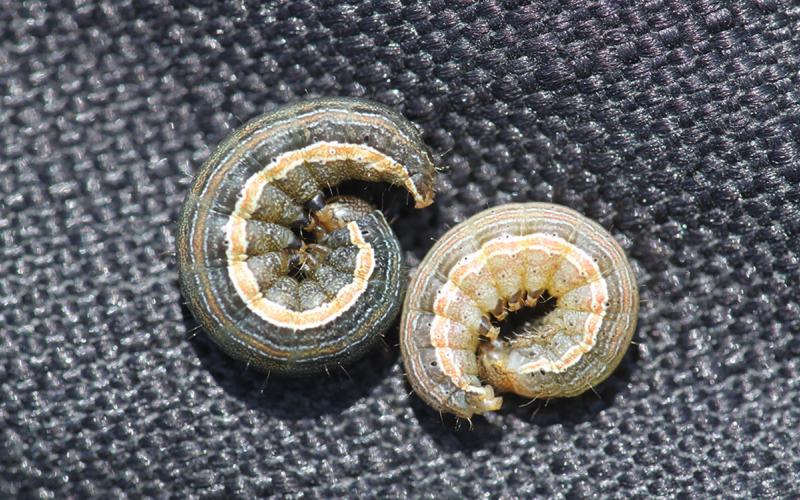
True Armyworm Caterpillars Found in South Dakota
Although true armyworms can feed on numerous crops, they are primarily an issue for corn and wheat. True armyworm caterpillars feed on leaves and can cause severe defoliation when large populations are present.
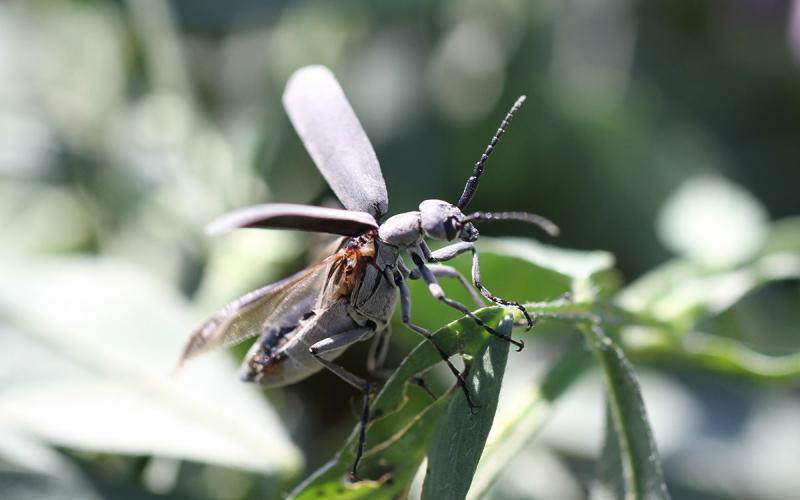
Blister Beetles Are Active in South Dakota
A common pest of alfalfa, blister beetles pose serious health risks to livestock if their bodies are consumed along with alfalfa bales. Learn some important considerations for identifying and managing blister beetles before harvesting alfalfa this growing season.
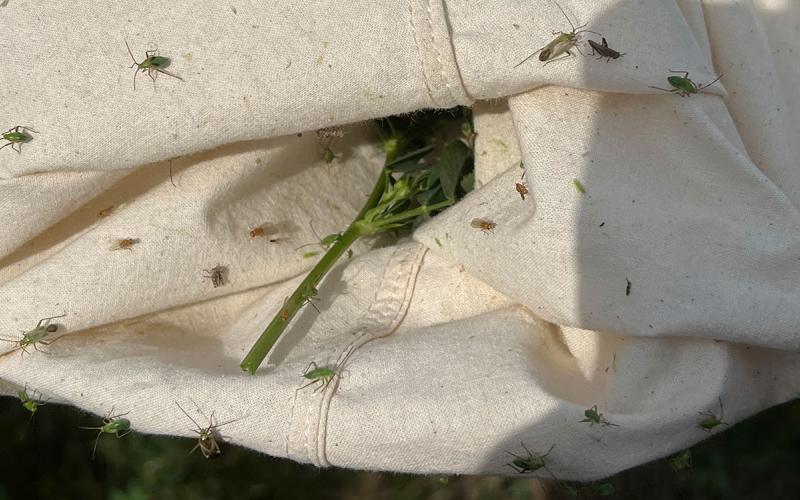
Alfalfa Plant Bugs Showing Up in Abundance
Several insect pests have been showing up early in alfalfa this season, including the alfalfa plant bug. Learn how to identify, scout, and manage this pest before it impacts your alfalfa yields.

Large Grasshopper Populations Detected in South Dakota
Very large populations of grasshoppers have been detected in southeastern South Dakota. Although these grasshoppers aren’t causing serious defoliation in crops yet, there is the possibility that they will as the season progresses.
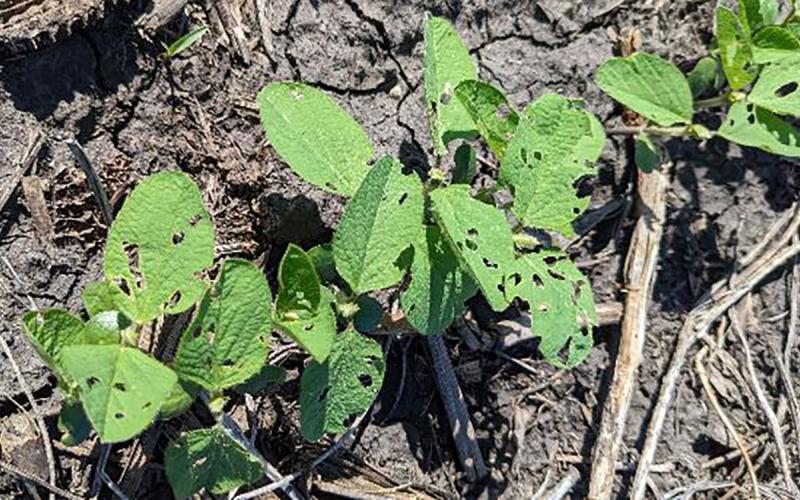
Time to Start Scouting for Bean Leaf Beetles
With soybean emergence underway, the next concern is early-season bean leaf beetle defoliation. Learn some expert tips for scouting and managing them before they impact yields.
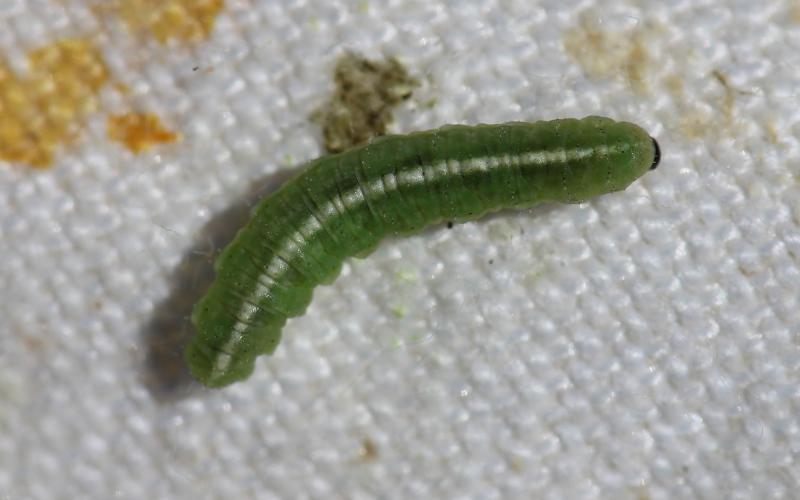
Alfalfa Weevil Activity Prediction Update: June 1, 2023
Throughout much of the state, enough degree days have accumulated for alfalfa weevil larvae to begin pupating. Scouting should continue until larvae are not observed.
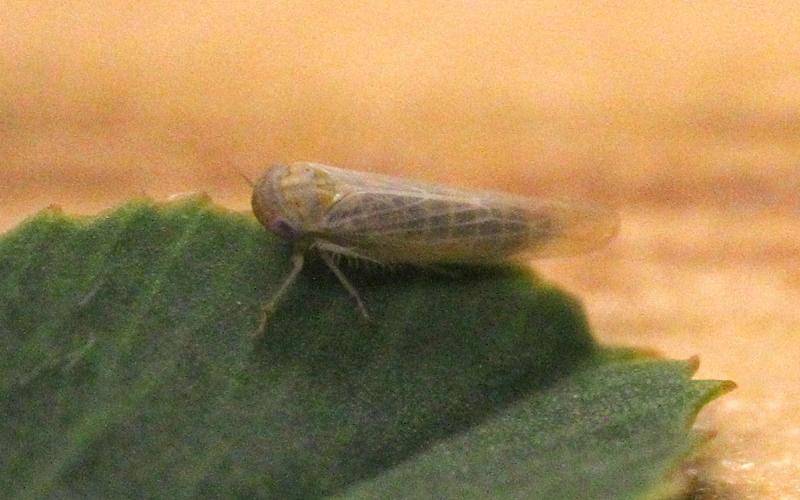
Potato Leafhoppers Arriving Early This Season
Potato leafhoppers are already active in alfalfa due to prevalent south winds and above-average temperatures. Learn some tips for scouting and managing them before they impact yields.

Alfalfa Weevil Activity Prediction Update: May 25, 2023
Last week we confirmed both alfalfa weevil adult and larval activity in alfalfa. Scouting should continue, as the forecasted warm weather will promote alfalfa weevil larvae feeding.

Common Stalk Borer Activity Estimate: May 25, 2023
Common stalk borer caterpillars are a frequent early-season pest of corn, and their hatching and movement can be estimated by using degree days. See our latest scouting and management recommendations based on observations from around the state.
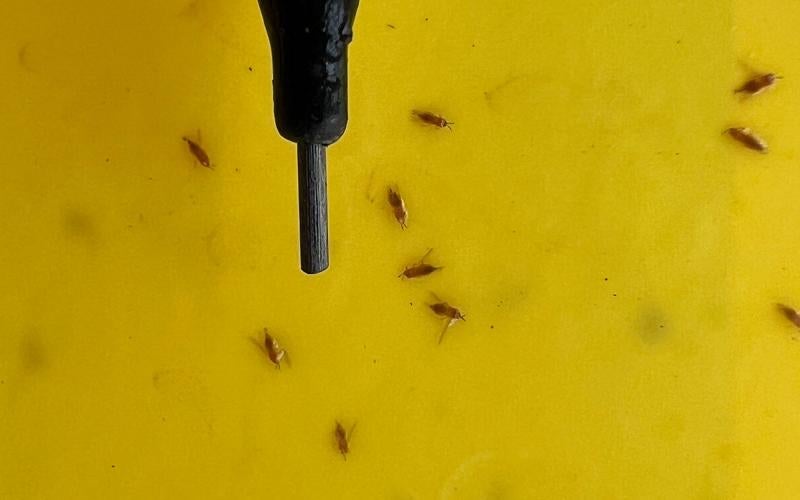
Invasion of the Western Flower Thrips
Recent southerly winds brought large numbers of western flower thrips to the eastern third of South Dakota. Learn how to identify and manage this pest before they become a problem in your yard and garden.